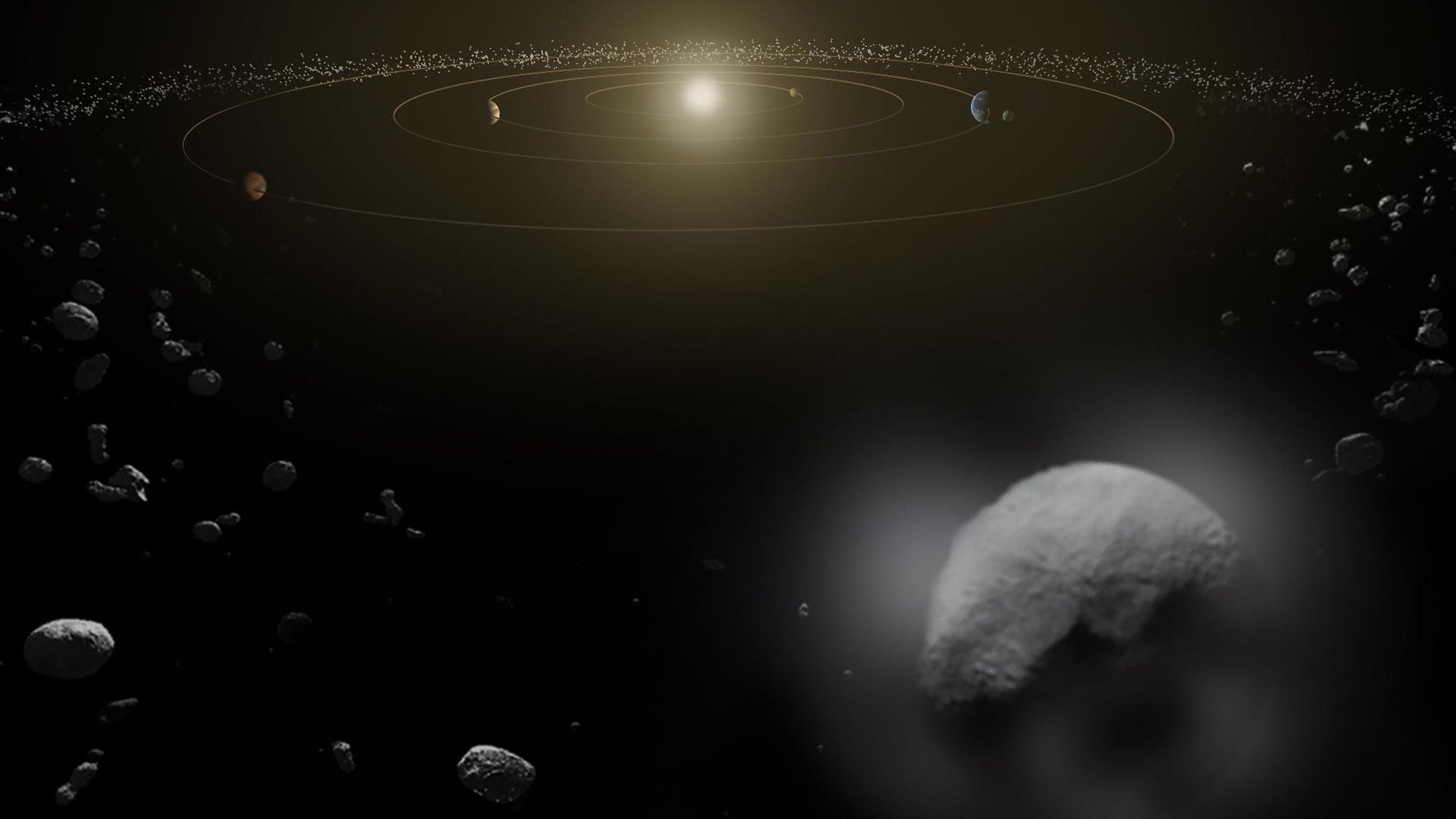Watch a massive asteroid fly past Earth in its closest encounter in 300 years
A massive asteroid the size of New York City’s Statue of Liberty will sling past Earth on May 15 at 6:05 p.m. EST, according to NASA’s Jet Propulsion Laboratory.


A massive asteroid the size of New York City’s Statue of Liberty will sling past Earth on May 15 at 6:05 p.m. EST, according to NASA’s Jet Propulsion Laboratory.
Dubbed 2010 WC9 and measuring up to 130 meters (427 ft), it was originally discovered in November 2010 by the Catalina Sky Survey, a space project backed by NASA’s Near Earth Object Observation Program.
Now it’s flying past Earth once again at a speed of more than 45,000 km per hour (28,000 mph), 70 times closer than it did eight years ago—roughly 126,000 miles away, or half the distance between Earth and the moon. It is the closest encounter of this asteroid in 300 years and one of the closest approaches ever observed for an asteroid of this size.
Despite its new relative proximity, the asteroid’s approach is not a “close call,” but the short distance does make for a great view if you have a high-powered telescope at your disposal. If not, you can watch a recording from yesterday of its passage by London’s Northbolt Branch Observatories, which helped to re-identify the asteroid.
“Lost” and then found
After its initial discovery, scientists lost track of 2010 WC9 because it became too far for our telescopes to see and they didn’t have enough information to map out its trajectory.
This is certainly not uncommon given the colossal task of keeping track of all near-Earth asteroids. Between 2013 and 2016, the International Astronomical Union’s Minor Planet Center added 17,030 near-Earth asteroid candidates to their list, reports New Scientist (paywall). Over the years, as a result of sheer volume, astronomers have “lost” 900 near-Earth asteroids.
“There is an extremely low probability of the planet coming into contact with one of these large near-Earth objects in our lifetime, but there is really good evidence that it happened in the past and led to mass extinction on the planet,” University of Saskatchewan astronomy professor Daryl Janzen said in a news release on May 10. “It’s important to discover as many NEOs as we can, so that if one does enter into a collision course with Earth, we can try to do something about it.”